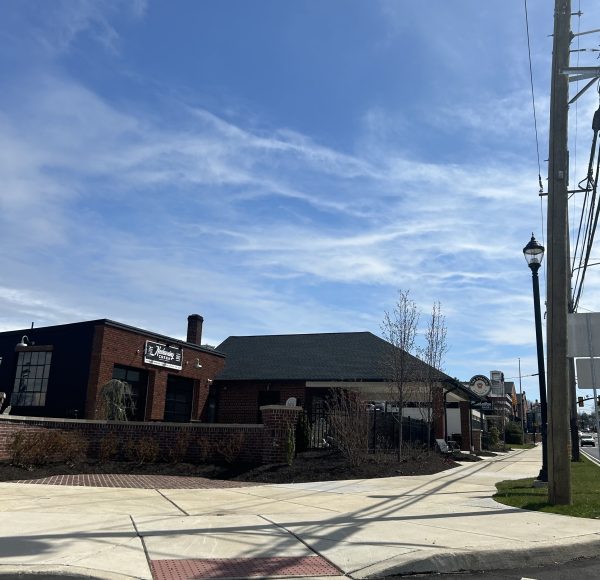Pennsylvania’s Opioid Epidemic
February 15, 2020
The opioid epidemic is alive and well in the United States, and especially thrives in the state of Pennsylvania. The harsh reality that even our home town is being infected with this life-taking epidemic is upon us. In the year 2016, in Bucks County alone, 185 lives were lost to opiods. That statistic jumped nearly fifty percent from 2015. In Montgomery County, 240 lives where taken. This number jumps higher and higher every year with increasing levels of opioid and heroin usage. 
Opiods are commonly prescribed to patients to help relieve pain and relax the body. Opioids are highly addictive and can be very dangerous if used without a doctors prescription or for a long period of time. Some use the drugs without sickness as a way to get “high”, which is extremely dangerous. These individuals often become addicted and have to spend exorbitant amounts of money on this drug to “feed” their addiction. Opioids essentially work by attaching to the brain’s receptors that are involved in the feeling of pain or pleasure. They then block the pain signals that are sent from the brain and trigger the release of large amounts of dopamine. The experience this process creates is highly addictive, drawing people in for more and more. Opioids can also lead to heroin use, which is another life-taking drug that has been a huge issue in Pennsylvania. Opioid users may find that the expenses are just too much, and decide to get heroin, a much cheaper drug, instead. This is how opioids lead straight to heroin, a drug that proves itself fatal, and almost impossible to come off of.
This is a growing problem in Pennsylvania that is taking the lives of many, climbing to the number one worst public health crisis in the state of Pennsylvania: “Pennsylvania has remained among the states with the highest rate of overdose,” (Weintraub, The Inquirer). Our very own towns are being affected by the use of these harmful drugs, and our residents’ lives are being stolen. There have been many efforts to solve this problem, or at least to be able to help when crisis strikes. An example of this would be the institution of Narcan (a drug that when administered can counteract the effect of opioid overdose and save lives) as a mandatory tool police and law enforcement officers must carry when on duty. The Bucks County Drug and Alcohol Commission has also received $650,000 in grants from the State Department of Drug and Alcohol Programs to help survivors. There is no easy or permanent solution that has been thought of yet, however, through creating awareness we can help stop this issue and help those who are affected by it.









